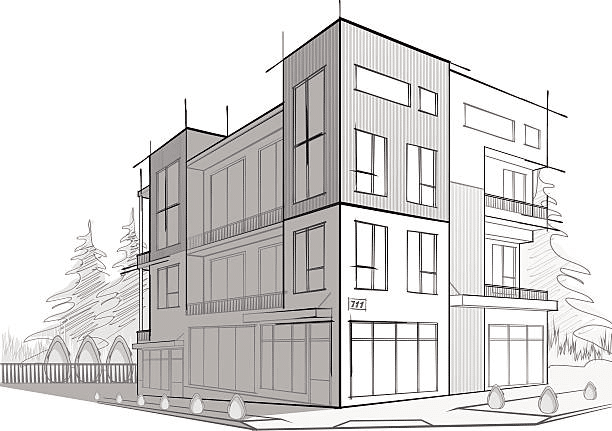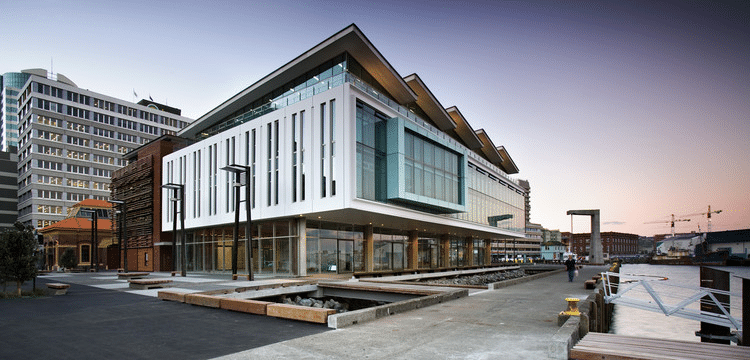Many modern New Zealanders prefer to work with a design-build company in bringing their dream home to life. Compared to the traditional way of building a home, which often required clients to engage with architects and builders separately, design builders integrate design and construction under a single point of responsibility. This system allows for quicker decision-making and a more seamless workflow, as there are fewer points of miscommunication or delays between different parties.
While the design-build process streamlines many aspects of construction, it can’t succeed if you and your chosen team are not on the same page. After all, design-builders need a thorough understanding of your vision to realise your ideal house.
If you aren’t familiar with the terms or jargon used in construction and architectural design, you might feel less confident or even struggle to express exactly what you want. Fortunately, there are strategies you can use to bridge this gap. Here are some ways to help you convey your vision clearly and effectively to your chosen New Zealand-based design-build team.
1. Be Specific about Your Needs
Clearly defining your priorities allows your design-builder to translate your vision into a home that suits your lifestyle. When you can identify the features that are most important to you, whether that involves the number of bedrooms or a particular kitchen layout, it enables the team to focus on solutions that truly reflect your preferences from the outset.
Providing precise information also reduces the likelihood of mistakes, since it minimises misunderstandings at every stage of the project. With this level of clarity, the design-build team can proceed with confidence and construct a home that meets both your practical and aesthetic goals.
2. Describe Your Functional Requirements
Communicating how you intend to use your living spaces allows your design-builder to make design decisions that match your daily routines and long-term needs. For instance, if you plan to host dinners more frequently, your design-build team may suggest an open-plan layout or additional seating in the dining area.
If you’re thinking about expanding your wardrobe, on the other hand, they might recommend a walk-in closet or a customised solution to maximise storage and improve organisation. Providing these details early helps your design-builder to optimise the layout and select solutions that enhance efficiency and usability. In turn, this ensures your home looks appealing and complements the way you live.
3. Provide Basic Sketches

Simple sketches of your ideas are a practical way to communicate your vision. Creating rough drawings of floor plans, room layouts, or diagrams showing furniture placement can highlight how you see the spaces working together.
These basic illustrations can help design-builders visualise your ideas more clearly and identify potential challenges early. This also allows them to suggest adjustments that improve the flow, functionality, and overall design, translating your concepts into practical, buildable solutions.
4. Gather Visual References
If you think that simple sketches aren’t enough to convey your style and preferences, you can strengthen your idea by adding visual references. Collecting images from magazines, websites, or social media that illustrate the aesthetic or features you like provides concrete examples of your tastes.
This enables the design-build team to better understand your vision and incorporate your preferred style, materials, and design elements into a cohesive, practical plan for your home.
5. Use Home Design Software and Apps
Home design software and apps offer an interactive way to explore your ideas and communicate them to your design-builder. These tools allow you to create virtual representations of your home and show how spaces, materials, lighting, and layouts interact, helping you visualise the overall look before construction begins.
Sharing the digital representations of your plan with your design-builder gives the team a clear view of your intentions and facilitates more productive discussions. Engaging with these platforms early ensures that your design-builder can align the project closely with your style and functional requirements, resulting in a home that truly reflects your vision.
6. Share Your Future Plans
Letting your design-builder know how your needs may change over time ensures your home remains matched to your way of living for years to come. Whether you anticipate having children or taking on multigenerational living in the future, sharing these plans allows the team to design flexible layouts and infrastructure that can accommodate growth. This ensures your home supports your long-term vision without requiring major renovations.
Effective communication with your design-builder is essential in constructing a home that reflects both your practical needs and personal style. Conveying your vision clearly enables the team to interpret your intentions accurately and make design decisions that align with your goals.
Although articulating your ideas can sometimes feel challenging, the tips discussed above can help you confidently express them to your chosen design-build team. This creates a structured approach that guides the project smoothly from concept to completion while keeping your vision at the centre of every decision.

